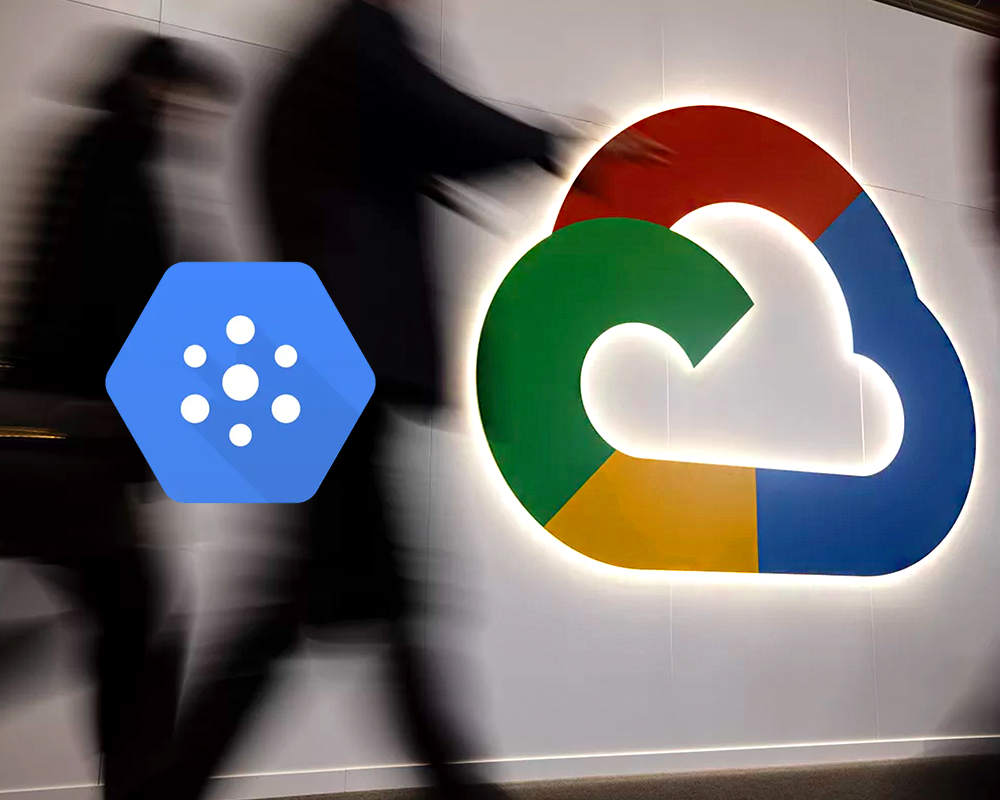January 28, 2025 By: Sunil Kumar
Processing and analysing data in real time has become a critical competitive advantage. According to a recent study by IDC, by 2025, nearly 30% of all data created will be real-time in nature, emphasizing the growing importance of swift data processing capabilities.
Real-time processing matters because it enables organizations to make instant, data-driven decisions, respond to changing market conditions, and provide personalized experiences to customers.
Google Cloud offers a powerful solution for real-time data processing through its Pub/Sub and Dataflow services. Together, these services form a robust foundation for building real-time data pipelines on Google Cloud that can handle massive scale and complexity.
Understanding Google Cloud Pub/Sub
Google Cloud Pub/Sub is a fully managed real-time messaging service that allows you to send and receive messages between independent applications. It acts as messaging middleware for traditional service integrations and as a messaging queue for distributed systems.
Here’s how Google Cloud Pub/Sub helps in the context of real-time data processing:
Data Ingestion
Pub/Sub shines in scenarios requiring real-time data ingestion. It can ingest data from multiple sources simultaneously, making it ideal for IoT devices, log analytics, or financial trading platforms.
For example, an e-commerce platform can instantly update inventory, trigger restock alerts, and provide personalized recommendations based on real-time user behaviour.
Scalable Architecture
At its core, Pub/Sub provides asynchronous messaging that decouples senders and receivers, allowing for flexible, scalable architectures. It boasts impressive throughput and can handle millions of messages per second, making it suitable for high-volume data streams.
Load Balancing
Pub/Sub ensures at least one delivery, with built-in message deduplication to prevent data loss. Its global availability and automatic load balancing enable seamless operations across regions.
Spotify, the music streaming giant, leveraged these capabilities to build a real-time analytics pipeline that processes over 100 billion events daily. By using Pub/Sub, Spotify achieved near-instantaneous data availability, allowing it to provide personalized recommendations and detect anomalies in user behaviour with unprecedented speed and accuracy.
Diving into Google Cloud Dataflow
At the heart of Google Cloud Dataflow lies Apache Beam, an open-source, unified programming model. Apache Beam allows you to create real-time data pipelines on Google Cloud that can run on various execution engines, including Dataflow.
Here’s how it helps businesses with real-time data pipelines on Google Cloud:
Unified Programming Model
Traditionally, batch processing handles large datasets on a schedule, while stream processing deals with real-time data, requiring different tools and architectures. The Unified Programming Model in Beam, powered by Dataflow, streamlines this by allowing businesses to use familiar languages like Java or Python and tap into powerful APIs and libraries for data processing and analytics.
Time-Based Aggregation and Windowing
By grouping data into time-based intervals, organizations can perform calculations over sliding windows, tumbling windows, or sessions. This capability is crucial for generating up-to-the-minute insights, whether tracking user engagement patterns or monitoring system performance metrics.
Advanced Data Transformations
With a wide array of operators and functions at their disposal, organizations can filter, map, aggregate, and join data streams with unprecedented flexibility. This allows for complex data manipulations that turn raw data into actionable intelligence in real time.
A prime example is how Ocado, the world’s largest online grocery retailer, uses Dataflow to process real-time data from its automated warehouses. This enables Ocado to optimize its operations, improve delivery times, and enhance customer satisfaction.
The Dynamic Duo: Pub/Sub and Dataflow in Action
The synergy between Google Cloud Pub/Sub and Dataflow has become a game-changer for organizations seeking efficient, real-time data transformation solutions. Together, these two tools enable seamless data ingestion, transformation, and analysis, offering businesses the ability to process vast amounts of data with unparalleled speed and scalability.
The Pub/Sub-Dataflow combination is transforming various industries by enabling real-time data transformation with Google Cloud at scale. Here are some notable applications:
- Financial Services: Fraud Detection In the financial sector, the ability to detect and respond to fraudulent transactions in real-time is critical. Pub/Sub can ingest transaction data from multiple sources (e.g., ATMs, payment gateways), while Dataflow can process these transactions in real-time, flagging suspicious patterns and triggering immediate actions to prevent fraud.
- Retail: Real-Time Personalization Retailers can leverage Pub/Sub and Dataflow to personalize customer experiences on the fly. For example, data from in-store transactions, online activity, and mobile apps can be ingested through Pub/Sub, while Dataflow processes this information in real-time to recommend personalized offers or discounts, improving customer engagement and driving sales.
- IoT and Manufacturing: Predictive Maintenance In manufacturing, IoT devices generate a constant stream of data about equipment performance. By using Pub/Sub to ingest this sensor data and Dataflow to process it in real-time, manufacturers can detect early warning signs of equipment failure and perform predictive maintenance, reducing downtime and improving operational efficiency.
- Healthcare: Remote Patient Monitoring Healthcare providers can leverage Pub/Sub and Dataflow for remote patient monitoring systems. Pub/Sub ingests real-time data from wearable health devices, while Dataflow processes the data to identify abnormal readings or trends, alerting healthcare providers when immediate intervention is required.
Overcoming Common Challenges
Even well-designed data pipelines can encounter obstacles. Let’s examine some common challenges in real-time data processing and discuss effective strategies to address them.
Handling Late-Arriving Data
Handling late-arriving data is a common challenge in real-time processing environments. Dataflow offers several mechanisms to manage this issue effectively. Windowing strategies, such as sliding or session windows, accommodate delayed data points. Triggers allow for precise control over when results are emitted, while watermarks help estimate processing progress and determine appropriate cutoff points.
Scaling for High-Volume Data Streams
As data volumes grow, scaling becomes essential. Dataflow’s autoscaling ability automatically adjusts resources based on workload. Designing your pipeline for efficient parallel processing is another crucial strategy. Implementing optimized I/O patterns helps minimize bottlenecks in reading and writing data. It’s important to thoroughly test your pipeline with realistic data volumes before deploying to production, ensuring it can handle high-volume data streams effectively.
Summing Up: Unleashing the Full Potential of Your Data
Real-time data transformation with Google Cloud Pub/Sub and Dataflow offers transformative benefits: enhanced decision-making, improved customer experiences, and operational efficiency. These tools enable businesses to harness the power of their data streams, turning raw information into actionable insights.



